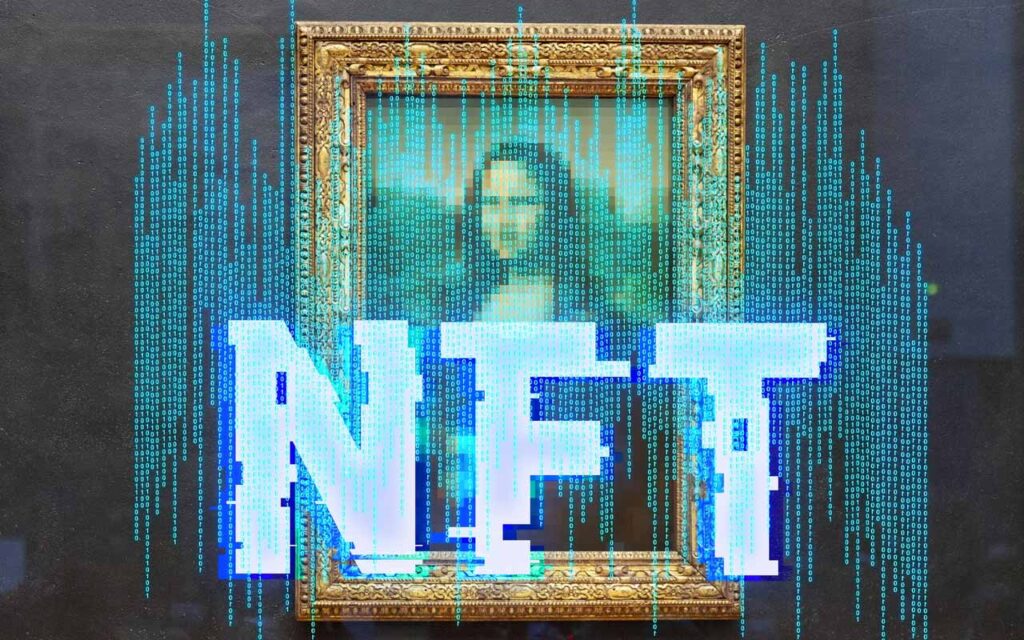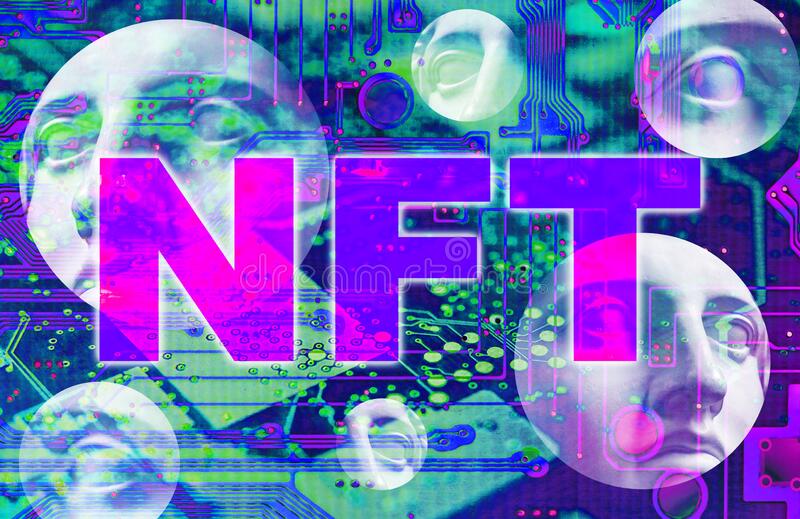What is NFT?
NFT stands for NON-FUNGIBLE TOKEN. The term NFT means that it cannot be replaced or exchanged because it has unique properties. It is based on the Ethereum Blockchain.NFTs are often used to represent digital art, music, videos, or other forms of digital content that have value because of their uniqueness, scarcity, or historical significance. NFTs are created and managed using blockchain technology, which allows for secure ownership verification, transparency, and decentralization.
NFTs have opened up new possibilities for creators, artists, and collectors to monetize and trade digital content in a secure and transparent way. However, there are also concerns about the environmental impact of NFTs and the potential for fraud or market manipulation.
NFT is basically available on a blockchain, which is a distributed public account that records transactions. You are probably most familiar with blockchain as the basic process that helps create cryptocurrency. These are basically real-world items like artwork, music, in-game items, and videos.
How does NFT work?

NFT presents on a blockchain, which is a distributed public account that records transactions. You are probably most familiar with blockchain as the basic process that helps create cryptocurrency.
NFTs are typically held on the Ethereum blockchain, although other blockchains also support them. An NFT is created or “molded” from digital objects representing both tangible and intangible items, including:
- Art
- GIF
- Sports Videos & Highlights
- collect
- Virtual avatars and video game skins
- Designer sneakers
- Music
NFTs are like physical collectibles, only available for digital. So instead of getting an actual oil painting to hang on the wall, the buyer gets a digital file instead.
They also acquire exclusive property rights. That’s right: NFTs can only have one owner at a time. NFT’s uniqueness in data makes it easier to verify ownership of Non Fungible token and transfer tokens between holders. The creater of NFT can also store specific information there. For example, artists can sign their work by including their signature in the NFT’s metadata.
How to Create
- Creating an NFT (Non-Fungible Token) involves the following steps:
- Decide on the asset you want to tokenize: You can tokenize digital art, music, videos, or any other digital content.
- Choose a blockchain: NFTs are created on a blockchain network. Currently, the most popular blockchain for NFTs is Ethereum, but there are other options like Binance Smart Chain, Flow, and more.
- Set up a digital wallet: You will need a digital wallet that is compatible with the blockchain you choose to use. Some popular wallets are MetaMask, Trust Wallet, and MyEtherWallet.
- Create your NFT: There are different ways to create an NFT depending on the blockchain you choose. The most common way is to use a marketplace or platform that allows you to create and sell NFTs, like OpenSea or Rarible. You will need to provide the details about your asset, like the title, description, and image.
- Mint your NFT: Once you have created your NFT, you will need to mint it, which means you will add it to the blockchain. This process involves paying a gas fee, which can vary depending on the blockchain.
- Sell or trade your NFT: After your NFT is minted, you can sell it or trade it on a marketplace or platform that supports the blockchain you used to create your NFT.
It’s important to note that creating and selling NFTs involves some technical knowledge and requires a certain level of familiarity with blockchain and cryptocurrency. It’s recommended to do your research and seek guidance from experienced individuals or communities to ensure you are making informed decisions.


